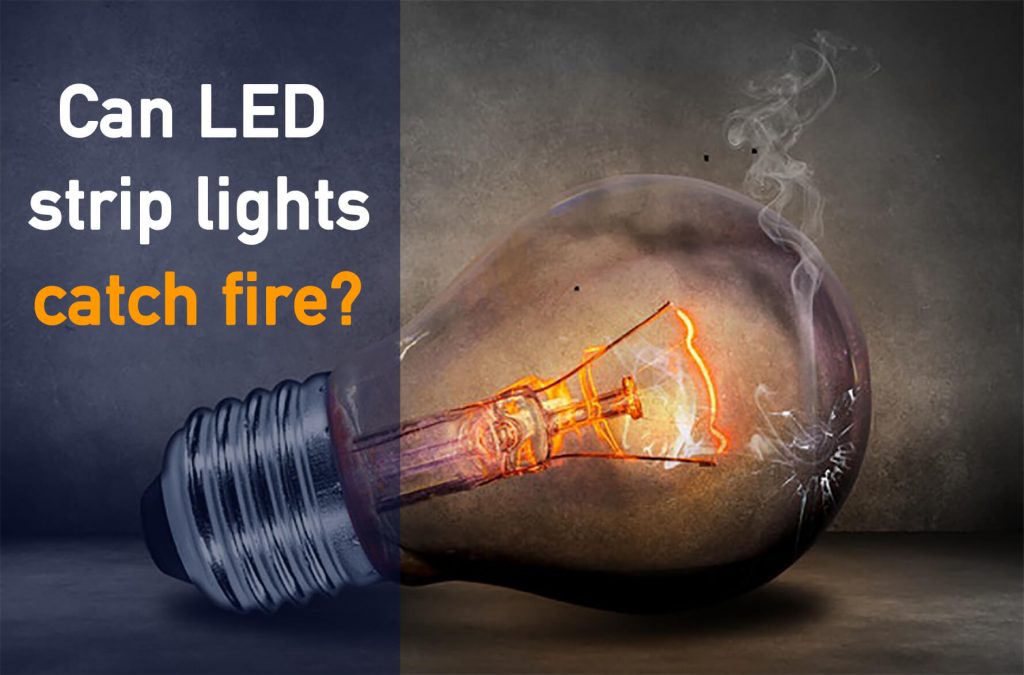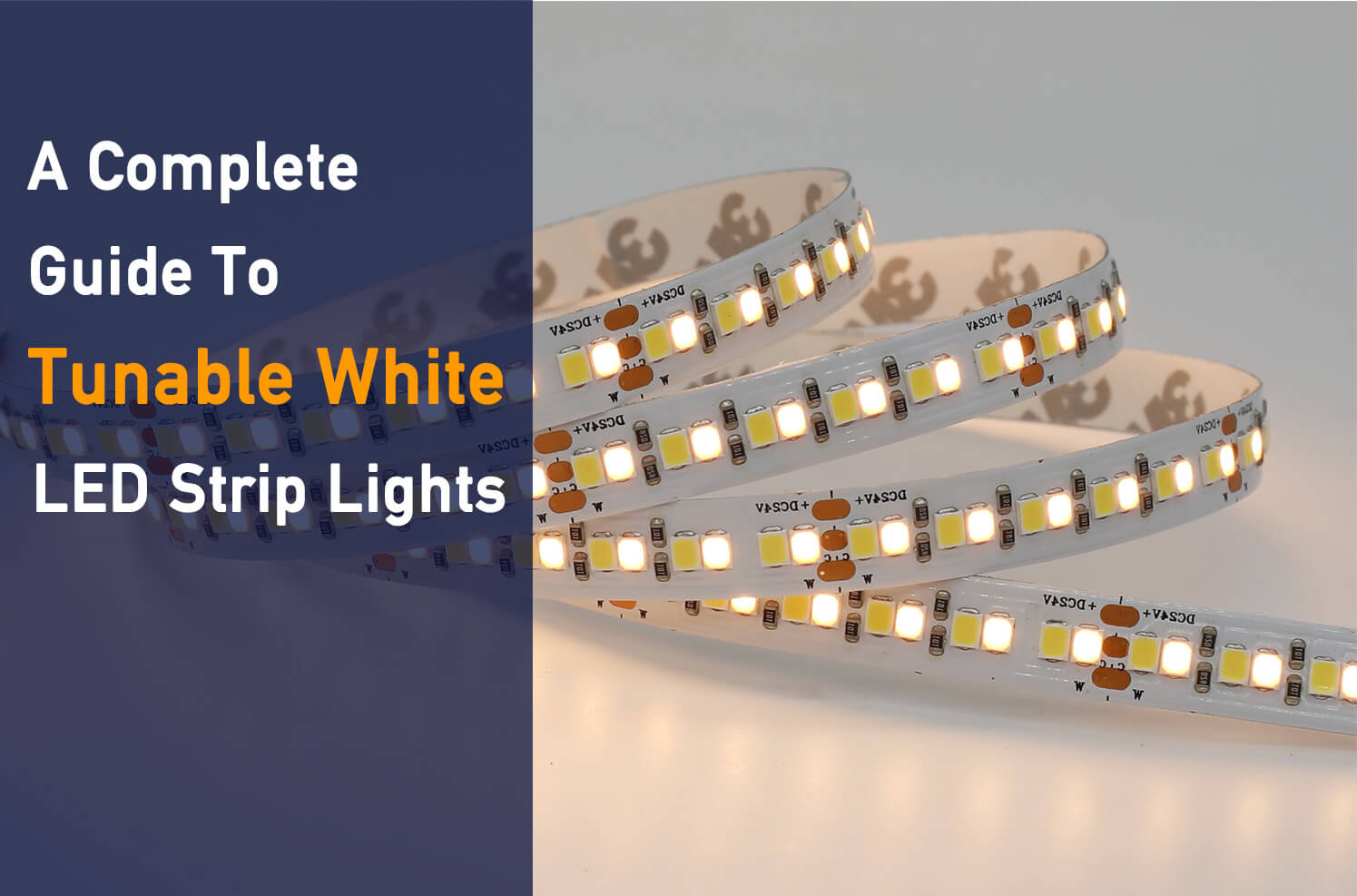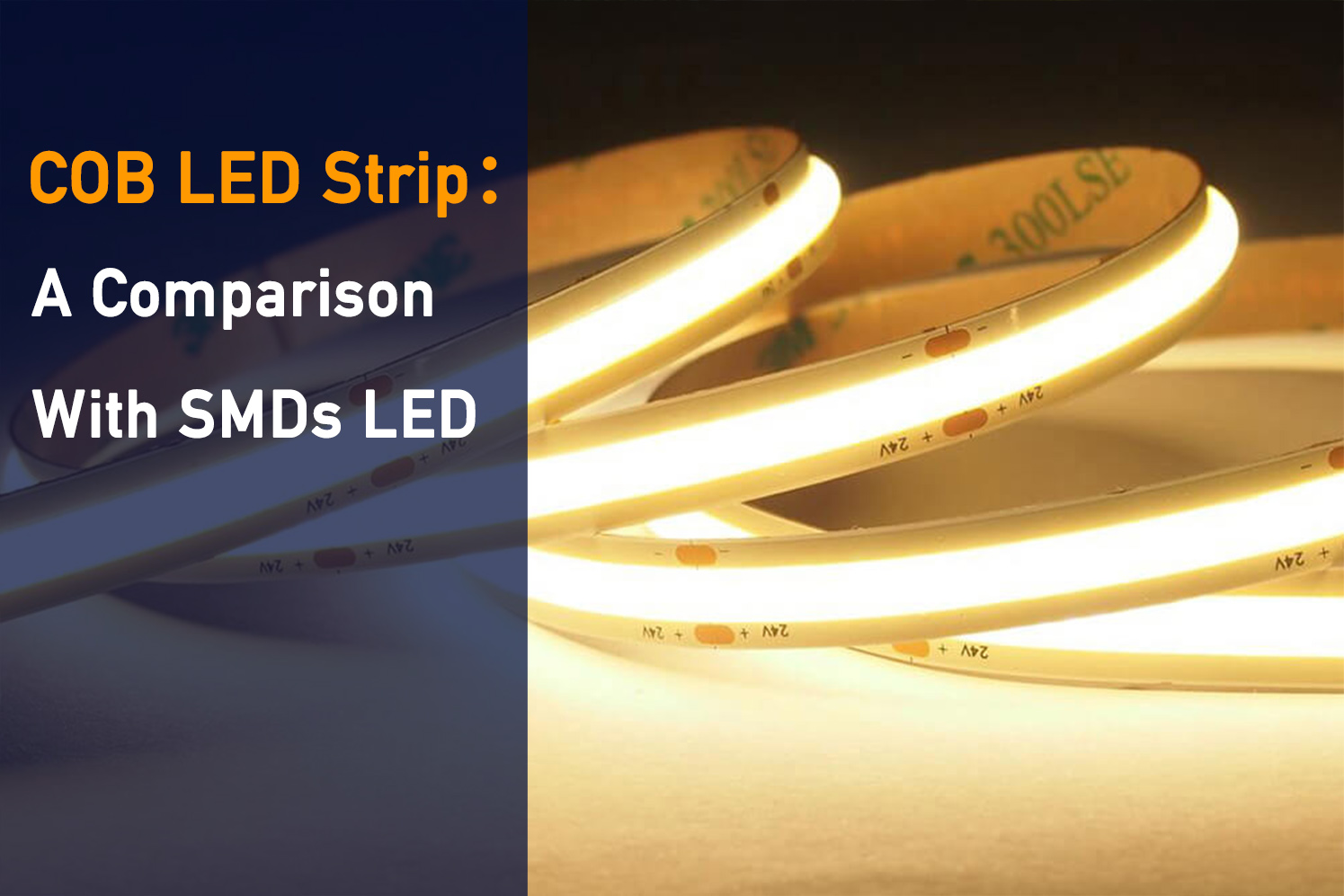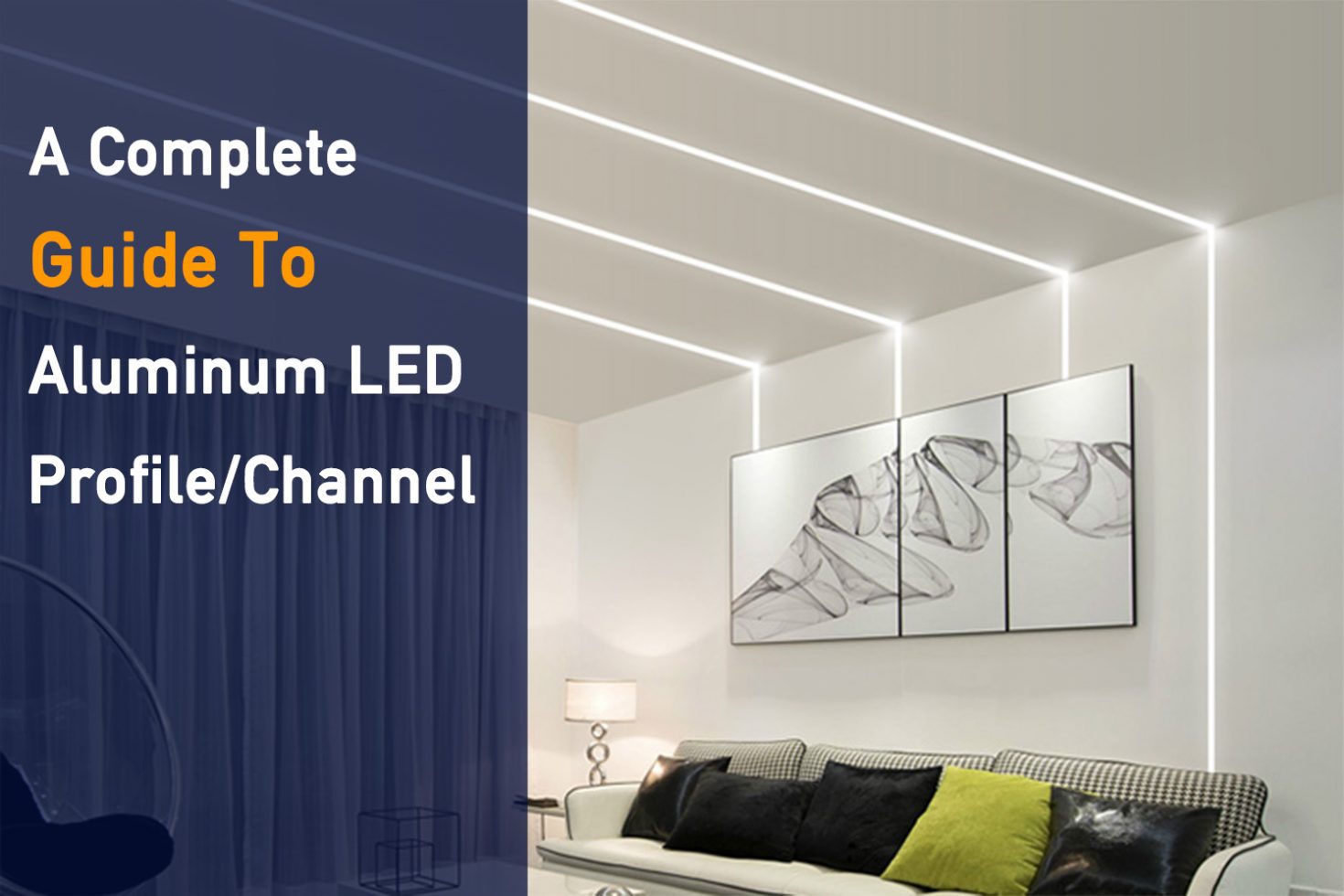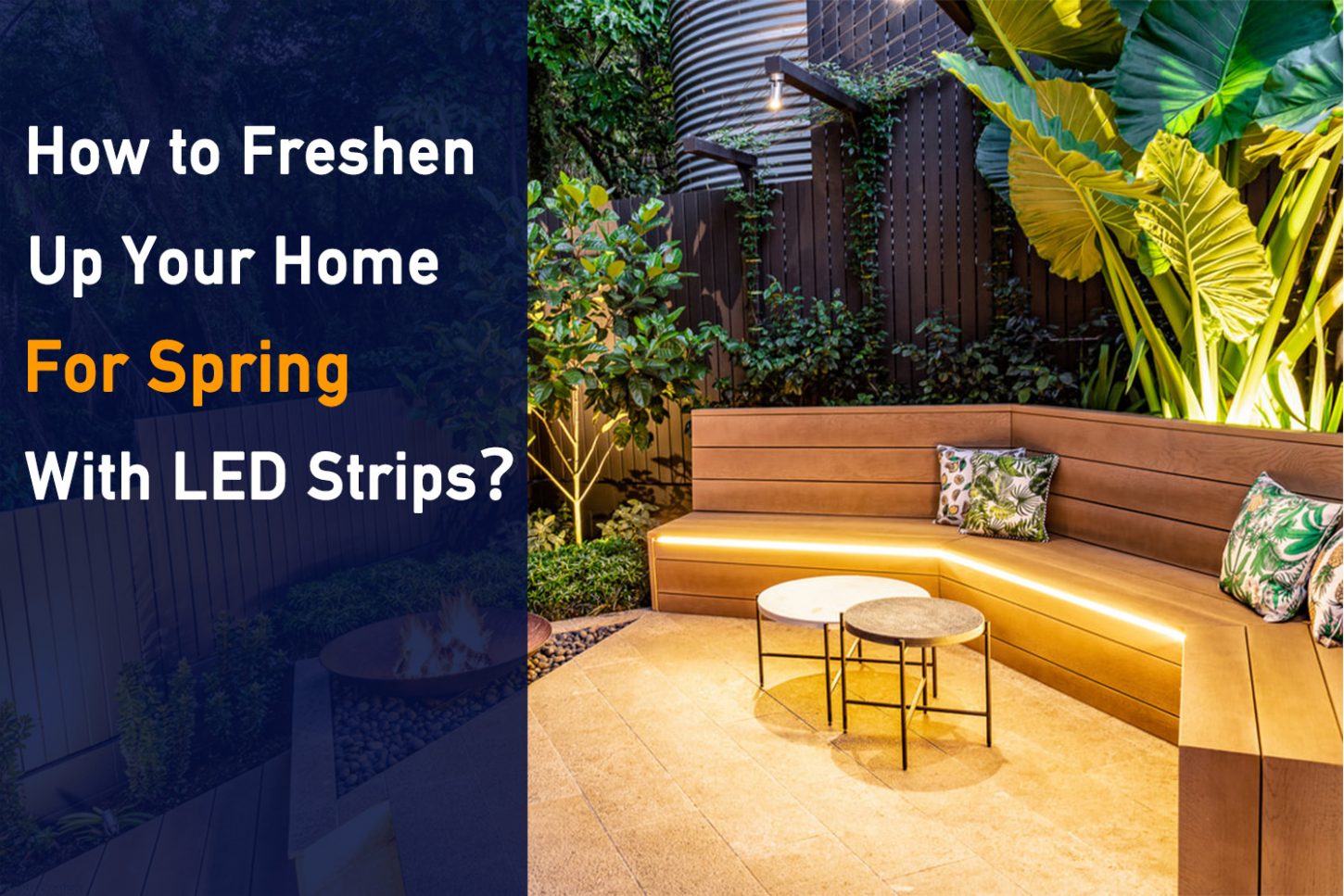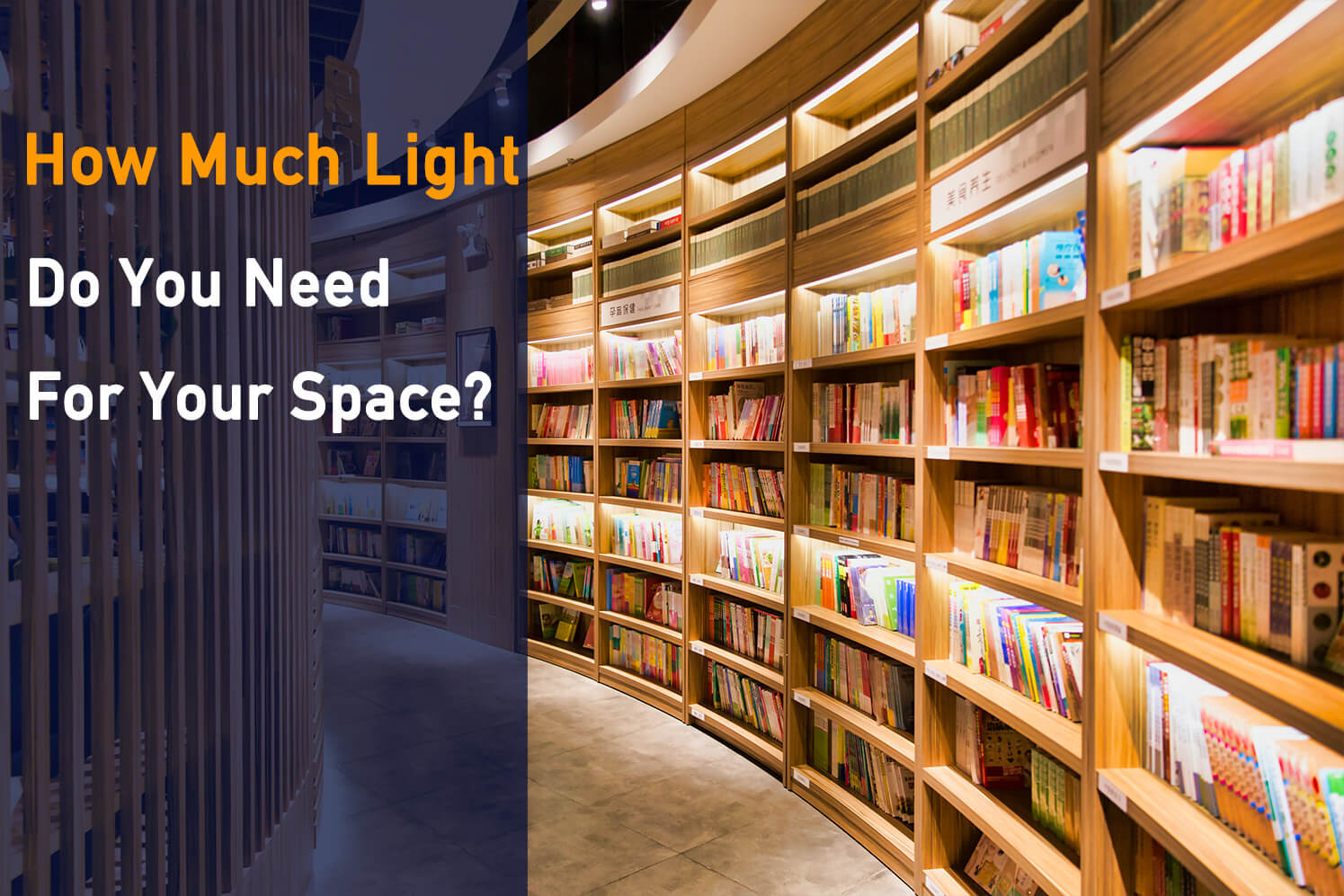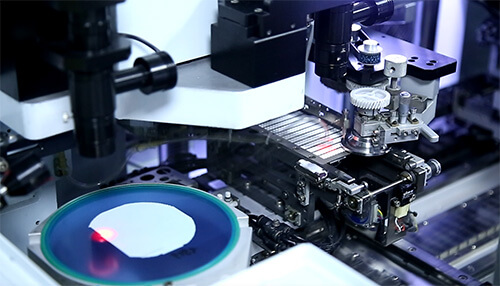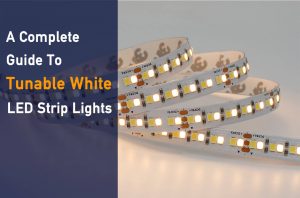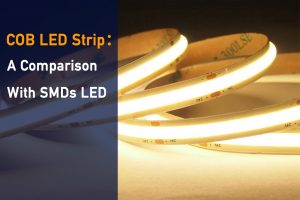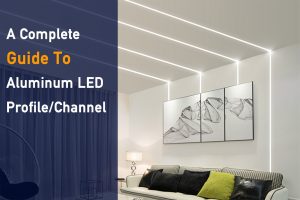Most people have heard of incidents where light bulbs caused a fire. It’s a harsh reality that traditional lights come with an element of danger.
But do LED strip lights have the same threat?
The possibility of led strip lights catching fire is minuscule, even though they are hot to touch. However, the temperature is much lower than that of an incandescent bulb. Incandescent bulbs have a filament that emits excessive heat, the light sources can ignite a fire on overheating, but as LED lights produce light at a lower temperature, they don’t catch fire as easily.
This article will tell you through how LED strips are safer when it comes to fire-related hazards.
We will see how LEDs and incandescent bulbs compare and why LEDs have the advantage. Most modern-day lighting solutions revolve around LED strips. You will soon understand why.
Moreover, we will also see how you can prolong the lifetime of your LED strip by ticking some boxes. Read on.
1. How Incandescent Bulbs Can Cause Fire?
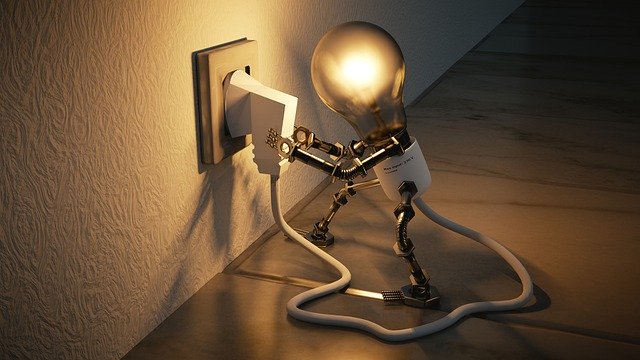
Incandescent bulbs have been in use since forever. We grew up with these bright yet extremely hot sources of light. I’m sure you touched that bulb at least once.
Incandescent bulbs can get very hot. That’s why they are used in DIY incubators. But one may ask, ‘why so hot?’
The bulb filament is the main reason behind the heat generated. Experiments suggest that the filament can reach close to 220 degrees C only three minutes after light on. Moreover, the glass surface can heat to more than 130 degrees C. Now that can burn a finger or two.
That’s more than enough heat to cause a fire, isn’t it? If you place a flammable object like paper or cloth near a bulb, it can easily catch fire. That is why an unattended table lamp can potentially burn down a house.
2. Do LED Strip Lights Get Hot?
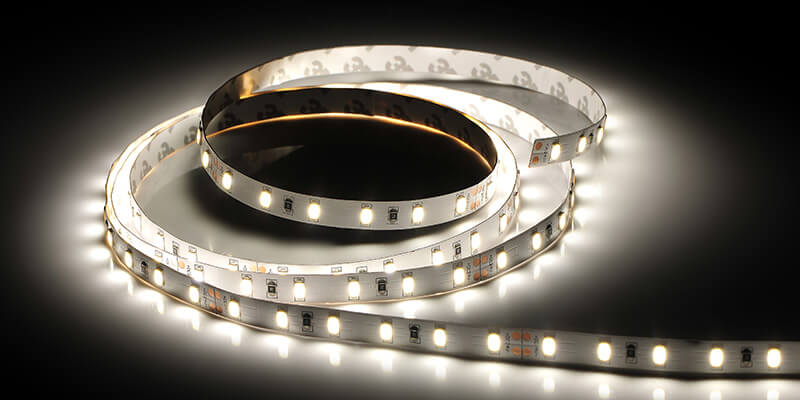
LED strip lights don’t get anywhere near such high temperatures. In fact, for the same duration, a LED strip was observed to reach only 30-50 degrees.
So LEDs are pretty harmless when it comes to causing fires. You don’t have to be a science geek to know that LEDs can get hot too. Where there’s light, there will be heat.
LED lights can get hot. You will have to be careful with those decorative LED strips when decorating for parties.
When we talk of LEDs, we often think of cold and efficient lights. While that’s not false, there is a bit more technicality attached to it.
Simply put, LED efficiency ranges from 30% to 50%. For instance, if a LED bulb has 100W input, only about 40W is useful light energy. The rest goes into making heat.
2.1 Are LED strip too Hot for Humans?
The human body feels hot when touching a 40 degrees C object. It can burn your skin when the temperate goes above 50 degrees C.
In most cases, the temperature of the led strip will not exceed 50 degrees C. However, some exceptional circumstances, such as using high power high density led strip, or the ambient temperature are very high in the application. Or the heat dissipation condition is not good enough. That can cause the temperature of the strip to go up to 50 degrees.
Usually, our skin has a low chance to contact the led strip. But in case of contact, we can take some measures in advance, such as wearing gloves.
To summarize, it’s better to keep LEDs away from easy access. It’s safer for both you, your kids and your pets too.
2.2 Can Hot LEDs Damage Circuit Boards or Components?
Qualified printed circuit boards and electronic components can bear quite a lot of heat – up to 95 degrees C, without compromising performance. Moreover, the PCBs have even better tolerance because they have to deal with hot soldering melted wire.
So, your LED strip won’t be damaged due to the high heat. It doesn’t get hot enough to break these components unless it’s a cheaply designed strip. Therefore, you don’t have to worry about damaging the components..
2.3 Catching Fire! Is that Possible?
Standard LED strips are highly unlikely to catch fire. It’s quite rare that the temperature would rise to more than the ranges mentioned above. However, to be on the safe side, it’s always better to invest more to buy quality LED strips. They are more efficient and secure in the long run.
Some LED designs ensure that the lights can work even through a malfunction. So it’s better to use a good quality circuit board with a UL 94 flammability rating. This ensures the components and wires will not catch fire.
Moreover, you can also use class 2 power supplies that limit the energy supply to 96W, to enjoy the reduced risk of fire and component damage.
2.4 Is it Safe to Leave LED Strips ON All Day?
LED lights don’t reach very high temperatures. Therefore, they are ideal for extended duration operations. Consequently, you can keep them ON throughout the day, and it won’t make much difference. However, make sure that you can pay additional bills.
DISCLAIMER: Although the information in this article is accurate as possible, it is for reference only. You should not rely on the material as the basis for making any decisions. The author is not liable for any damage caused by lighting.
4. Are There Any Other Fire-related Risks with LED Strips?
LED strips are pretty harmless. In extremely rare cases, they may cause a fire, but there is no risk apart from that. However, make sure you take good care of your lights. If well-maintained, there is nothing to worry about.
You can roam around worry-free unless you have made one of the following mistakes:
4.1 Used Poor Quality LED Strips
If you try to save some extra bucks by purchasing low-quality LEDs, you are at risk. It’s better to invest more and buy good-quality LEDs that offer better resistance to heat and fire.
4.2 Used Low-Quality Power Supply
Power supplies are one of the primary causes of malfunctioning LED strips. A low-quality power supply can often induce a surge current that can cause permanent damage to LED strips.
4.3 Wire Size unmatch to Circuit Amperage
When installing or wiring the led strip, you must use a wire that is suitable for the rated current value of the circuit. The higher the rated amperage of the circuit, the larger the wire is required, to avoid the fire caused by overheating and melting of the wire. The size of the ampere is determined by a variety of factors, including the number and length of strip lights. Therefore, before installation, it is necessary to calculate the maximum current on the circuit, and confirm the required wire size.
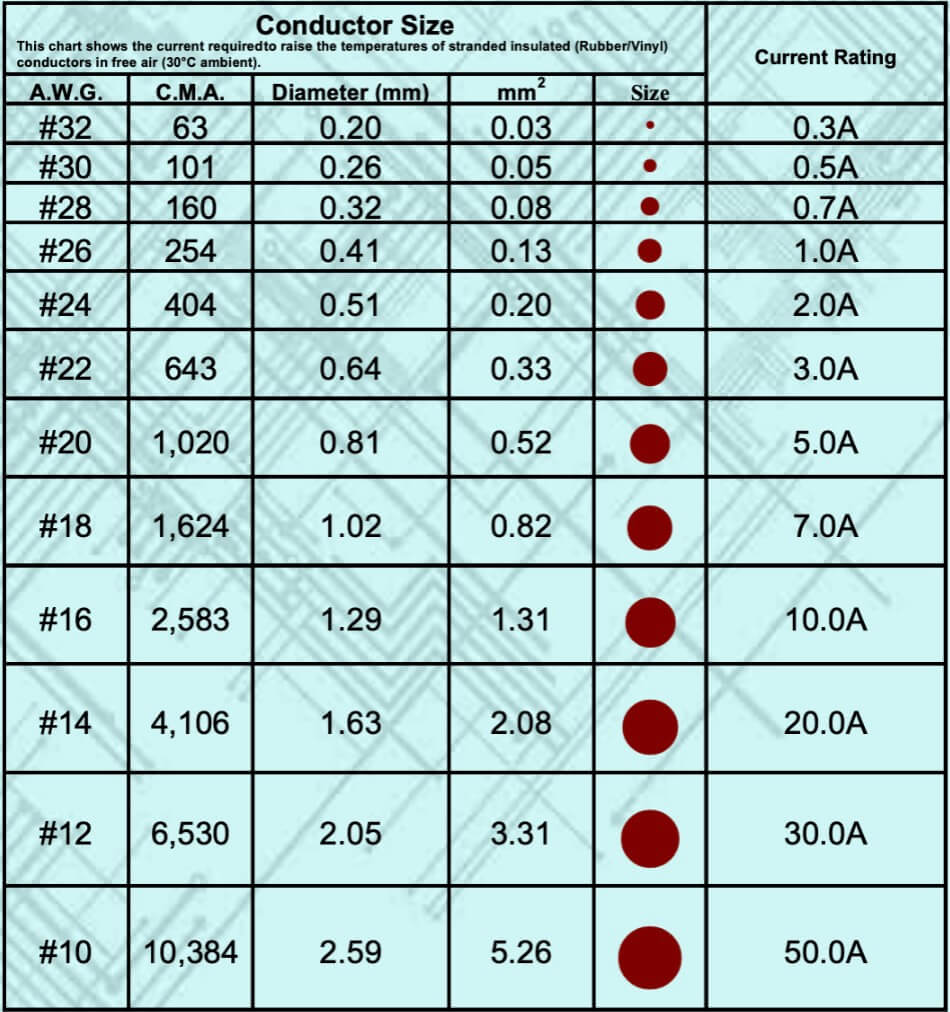
4.4 Poor Installation
If your LED strip installation isn’t right, you will lose your LEDs at some point. Always focus on tight and well-insulated connections. Use soldering for joints where possible. Moreover, try to avoid installing the strips in direct sunlight.
5. What Are the Ways to Reduce LED Strip Heat?
You can always dissipate heat in LED strip. Try some of the following methods:
5.1 Use LED Channels
LED channel protects the LED tape inside it and prevents dust, water, and other outside elements from damaging the LED strip. Moreover, LED channels have a large surface area, they can dissipate heat much more efficiently. This heat dissipation ensures that space doesn’t heat up at all.
5.2 Use Dimmers and infrared Switches
Dimmers allow you to adjust brightness. So you can reduce the power supply of the LEDs to ensure proper working. Moreover, use infrared switches for applications such as cabinet lighting. This reduces the use of light, so cause less heat.
5.3 Use Branded Strips
If you want to go a step further with your LED safety, choose branded and high quality LED strip lights. There is no replacement for a branded product. You get a warranty for branded strips, so they are safer, slightly more expensive, but more durable in the long run. These strips feature UL and ETL ratings, so they are always reliable.
5.4 Professional Installation
I don’t mean that your installation won’t be correct, but let someone else do it if you’re not an expert. It’s better to spend on professional help rather than pay for damages later on.
Conclusion
LED strips are here to stay. These are fantastic decorators and light sources that offer safety, durability and efficiency. No wonder that they have taken over most competitors in the market.
If you focus on the best brands and products and keep the safety aspects in check, you shouldn’t need to worry about your LED strips catching fire.

